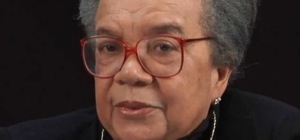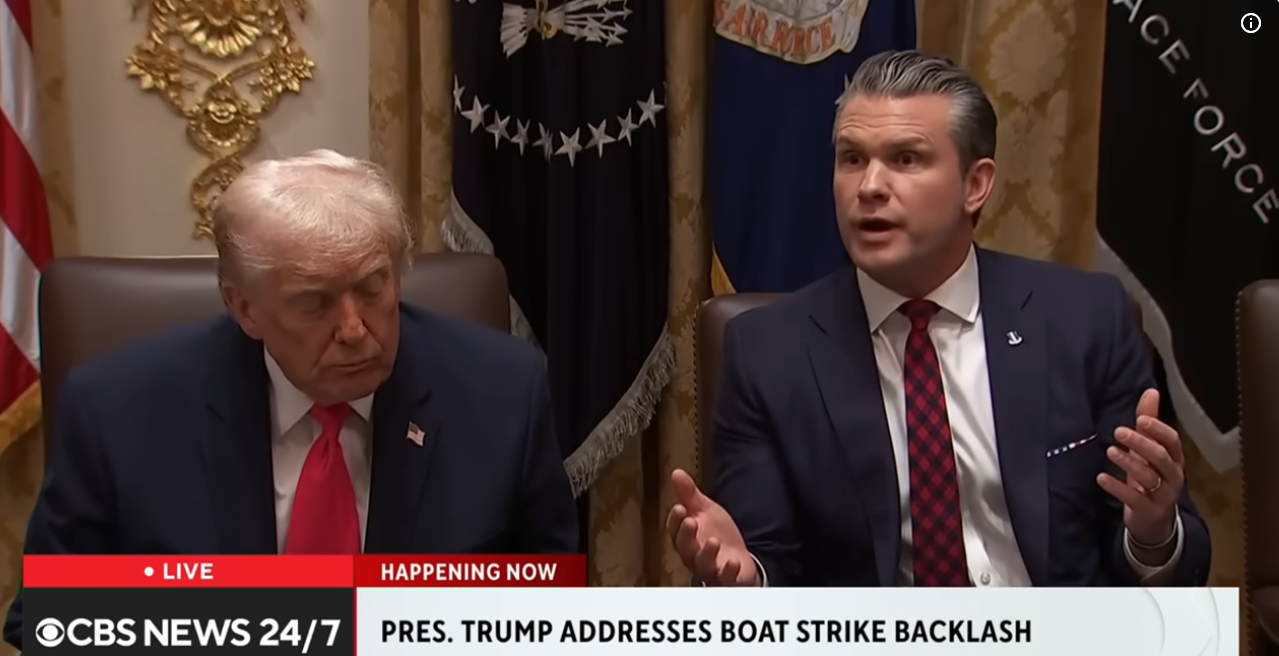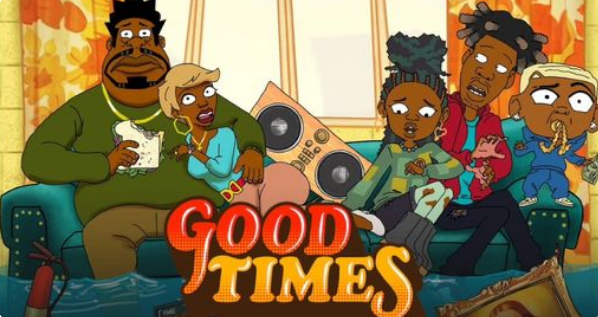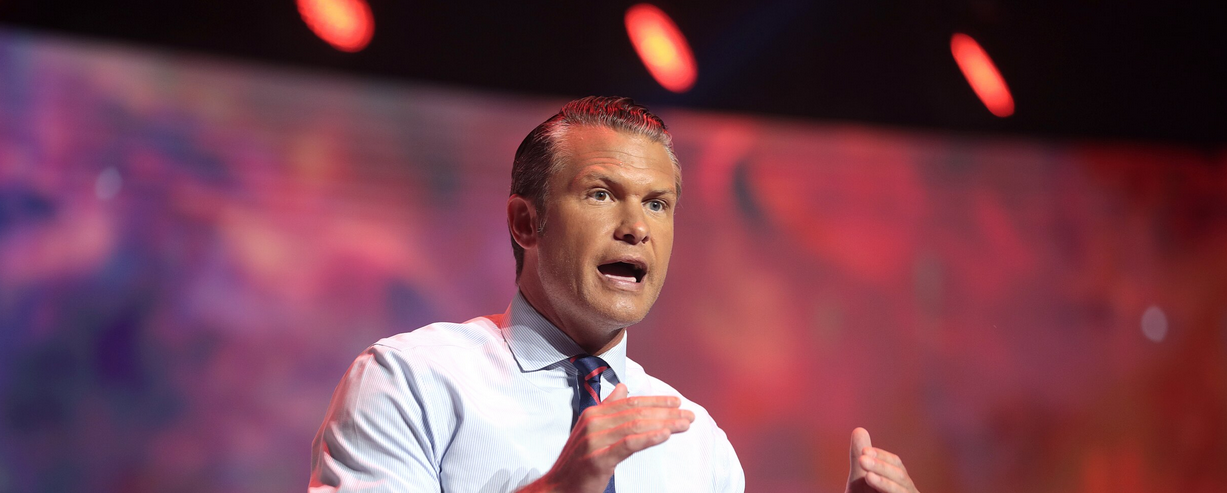Marian Wright Edelman
[Child Watch: Education]
This is how New Mexico State Senator Michael Padilla describes the practice: “In 2017, we’re taking hot lunches out of a child’s hands and throwing it away…We’re one of the wealthiest and most powerful nations in the world and we’re not feeding our children lunch. They are experiencing real hunger in the middle of the school day and to me that’s just unacceptable.”
Here’s a test with just one question: If a hungry child can’t afford to eat, should the adults in her school punish and humiliate her for not having lunch money? As disgraceful as this question is, adults in schools across the country fail this test every single day. New Mexico has just become the first state in the nation to ban “lunch shaming” — policies that penalize children who don’t have enough money to buy a hot lunch in the cafeteria. New Mexico’s new law, the “Hunger-Free Students’ Bill of Rights,” is a welcome move that has helped put a spotlight on a common form of cruel and unusual punishment against poor children.
State Senator Michael Padilla, the lawmaker who introduced it, understands what it’s like to be hungry at school. As a child growing up in the foster care system he often couldn’t afford lunch either, he said in The New York Times: “I made Mrs. Ortiz and Mrs. Jackson, our school lunch ladies, my best friends. Thank goodness they took care of me, but I had to do other things like mop the floor in the cafeteria. It was really noticeable that I was one of the poor kids in the school.” In another interview he remembered that in addition to having to clean tables or help in the kitchen, sometimes his school lunch would be taken away or replaced with a slice of bread and cheese. “I’m 44 now, and I was shocked to find out that this was still happening. This is still a very real issue here in the United States.”
Requiring chores in exchange for food or replacing hot nutritious lunches with cold cheese and bread are common occurrences in many communities. In 2016, Pennsylvania elementary school lunch worker Stacy Koltiska made headlines when she said she quit her job over her district’s policy of denying hot lunches to students with debt and replacing them with cold cheese sandwiches after seeing tears in a child’s eyes. She said, “As a Christian, I have an issue with this. It’s sinful and shameful is what it is . . . God is love, and we should love one another and be kind. There’s enough wealth in this world that no child should go hungry, especially in school. To me this is just wrong.”
This wrong is compounded in other school districts which use physical marks on the children to “remind” parents that they haven’t paid, as Arizona parent Tara Chavez learned when her son came home from his elementary school earlier this month with the words “LUNCH MONEY” stamped in block letters on his arm. She later learned her son’s school lunch account had money in it but was low. “I asked if he was given a choice by the lunch lady and he said, ‘No, she just grabbed my wrist and put the stamp on’ . . . I think there’s a better way to communicate the message than stamping a child with the word ‘Lunch Money.’ There’s a billion other ways you could do it that would be better than that.” Still other schools do not feed children at all. The New York Times shared the story of an Omaha school cafeteria cashier who asked to resign her position at a school with a “no money, no meal” policy: “She had been secretly paying for students’ meals,” a coworker remembered, “and couldn’t afford to keep it up.”
School districts argue that “lunch shaming” tactics are necessary to weed out children whose families can afford to pay for meals but forget or choose not to, adding to the debt the schools are forced to absorb. Unpaid meals can add up: one study notes the School Nutrition Association found about 75 percent of districts had some unpaid student meal debt at the end of the last school year. But the same article notes many students who cannot pay for their meals actually qualify for free or reduced priced meals through the federal school lunch program but aren’t signed up.
During the 2015-2016 school year 21.6 million children received free or reduced price lunches through the National School Lunch Program. The federal program also includes a community eligibility provision which allows school districts, individual schools, or groups of schools to offer two nutritious meals daily to all students at no charge if more than 40 percent of their students meet certain eligibility standards that should help address the unpaid meal fees problem. Last school year more than 18,000 high poverty schools in nearly 3,000 school districts across the country — serving more than 8.5 million children — participated in this program, giving them the chance to serve all of their students without the administrative burdens of taking applications and collecting meal fees and without being forced to turn children away. But many other eligible schools haven’t yet implemented this program.
The right answer should not depend on the kindness of lunch ladies or cruel school district policies that shame children and leave them hungry for more than food. The federal Healthy, Hunger-Free Kids Act of 2010 required the U.S. Department of Agriculture (USDA) to examine the challenges of unpaid school meal fees. USDA sent a Report to Congress, Review of Local Policies on Meal Charges and Provision of Alternate Meals, in June 2016 and issued guidance requiring school districts participating in the National School Lunch or School Breakfast program, beginning with the 2017-2018 school year, to establish policies and procedures to address the challenge of unpaid school meal fees, although significant local discretion is allowed on the content of the policy. States also may develop policies or guidelines for all school districts to follow. The USDA’s website includes resources to help states and school districts develop, disseminate and implement effective policies for children and families.
If we love our children the only moral choice in this rich country should be making sure children have access to the food they need. Schools are on the front line with hungry children entering classrooms every day and have a special obligation to ensure those children have the healthy food they need to concentrate and thrive. As the new law in New Mexico now requires, schools should be offering to help eligible poor children sign up for the federal free or reduced price lunch program, rather than shaming them and denying them food for the “sins of their parents.” Jennifer Ramo, the executive director of the anti-poverty and anti-hunger group New Mexico Appleseed who helped draft the law said, “People on both sides of the aisle were genuinely horrified that schools were allowed to throw out children’s food or make them work to pay off debt. It sounds like some scene from ‘Little Orphan Annie,’ but it happens every day . . . We have to separate the child from a debt they have no power to pay.” She added in another interview: “We’re saying feed these children first, and let the grownups sort out the finances.”
Other states, including Texas and California, are already working on similar anti-shaming legislation of their own. Every state should follow New Mexico’s example and ban this heartless and stupid practice. No child in rich America, the world’s largest exporter of food, should go hungry. Adults in schools who set this policy or carry out the cruel and unusual punishments are the ones who should be ashamed.
Marian Wright Edelman is President of the Children’s Defense Fund whose Leave No Child Behind® mission is to ensure every child a Healthy Start, a Head Start, a Fair Start, a Safe Start and a Moral Start in life and successful passage to adulthood with the help of caring families and communities. For more information go to www.childrensdefense.org






